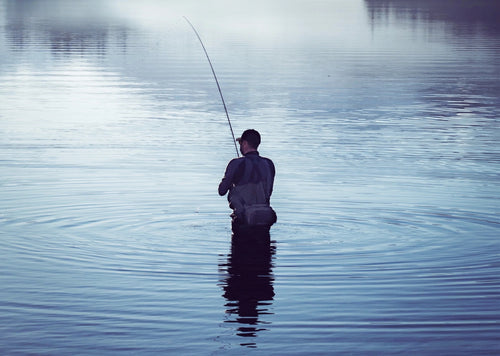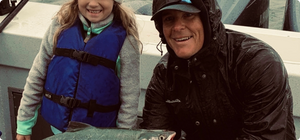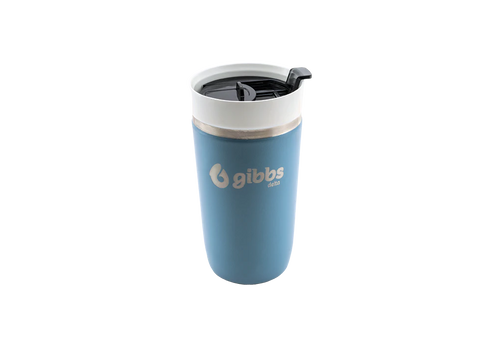Fishing for Chinook salmon in the coastal waters of British Columbia is a thrilling adventure that can be enjoyed year-round, provided anglers adhere to local regulations. Renowned for their remarkable size and delicious flavor, Chinook salmon remain a favorite target for anglers throughout the year, offering a captivating journey with multi-year coastal rearing. While summer traditionally takes the spotlight for Chinook fishing, the winter months present a unique opportunity to pursue these prized fish.
-
Winter angling for Chinook demands a distinctive approach tailored to the behavior of immature salmon. Unlike their mature counterparts, which embark on seasonal migrations, young Chinook are primarily driven by their relentless quest for sustenance. This variation in behavior influences the tactics employed and may result in slightly smaller catches compared to the summer season, but exciting surprises are still within reach.
-
-
-
 -
-Successful winter fishing for Chinook revolves around comprehending their dietary preferences and pinpointing their feeding grounds. Unlike the slower trolling speeds typically used in the summer, winter fishing for actively feeding fish calls for faster trolling speeds. This approach enables anglers to cover a broader area and increases their chances of finding productive spots. Anglers often gauge their trolling pace by monitoring the angle of their downrigger cables rather than adhering to a specific ground speed.
-
The selection of lures is pivotal in the art of winter fishing. Chinook's omnivorous nature means they'll voraciously devour a wide variety of prey, so anglers must mimic their primary food sources, such as herring or sand lance. Depending on the location, anchovies, lanternfish, or squid might also be on the menu.
-

In regions where sand lance dominate, spoons and hoochies are the go-to choices. The spoon selection is diverse, and many can be fished without a flasher on the line. Popular options include spoons like the Gibbs Skinny G, Wee G, and Lighthouse Lures Big Eye Spoon. These spoons come in a plethora of colors and patterns, allowing anglers to "match the hatch."
-
During the winter season, flasher colour selection becomes crucial, especially when fishing in low light conditions and deep waters. It's highly recommended to use UV and Glow colors, as they enhance visibility in these challenging conditions. UV and Glow flashers emit subtle but effective illumination, making them more visible to salmon when light levels are low or when trolling at significant depths. These flashers not only attract fish but also increase the chances of a successful hook-up.
-
In cases where water clarity is good, and the day is bright, using lighter and more subtle flasher colors is the preferred approach. These flashers maintain their effectiveness by reflecting natural light and are less likely to startle fish in clear conditions.
-
While lure fishing is the primary method for winter Chinook, the strategic use of bait can also prove effective. With dogfish largely absent during this time of year, some anglers deploy anchovies or smaller herring rigged in teaser heads, similar to the techniques used with spoons. In regions where adult herring are abundant, cut-plugged herring is a viable option, especially when targeting larger Chinook. This method requires slower trolling speeds and loosely attached lines on the release clip, as the delicate nature of the bait on the hooks demands special care. Adding a dummy flasher to the cannonball can also help attract fish.
-
Understanding the ideal fishing depth is crucial for winter success. In areas where sand lance are the primary baitfish, much of the action takes place near or on the bottom, as the preferred gravel and sand habitat allows gear to be fished without the fear of snagging. However, rocky bottoms require careful navigation to avoid gear loss. Additionally, the winter season brings the challenge of encountering out-of-season rockfish or lingcod, which can be an unwelcome distraction.
-
Venturing out for winter Chinook fishing requires careful consideration of weather conditions. Ensuring the boat is in peak condition and wearing appropriate cold-weather attire is essential for safety and comfort. Monitoring marine weather forecasts is critical, as strong winds, especially southeasters and outflow winds, can disrupt fishing opportunities. Nevertheless, the British Columbia coast offers ample opportunities for Chinook fishing during the winter months, with the added benefit of these delectable catches being among the most flavorful.








































 -
-





Leave a comment